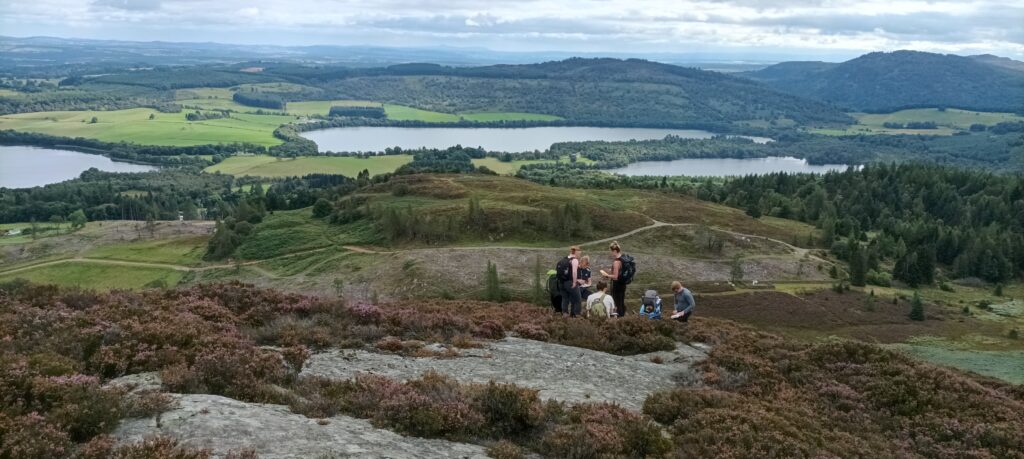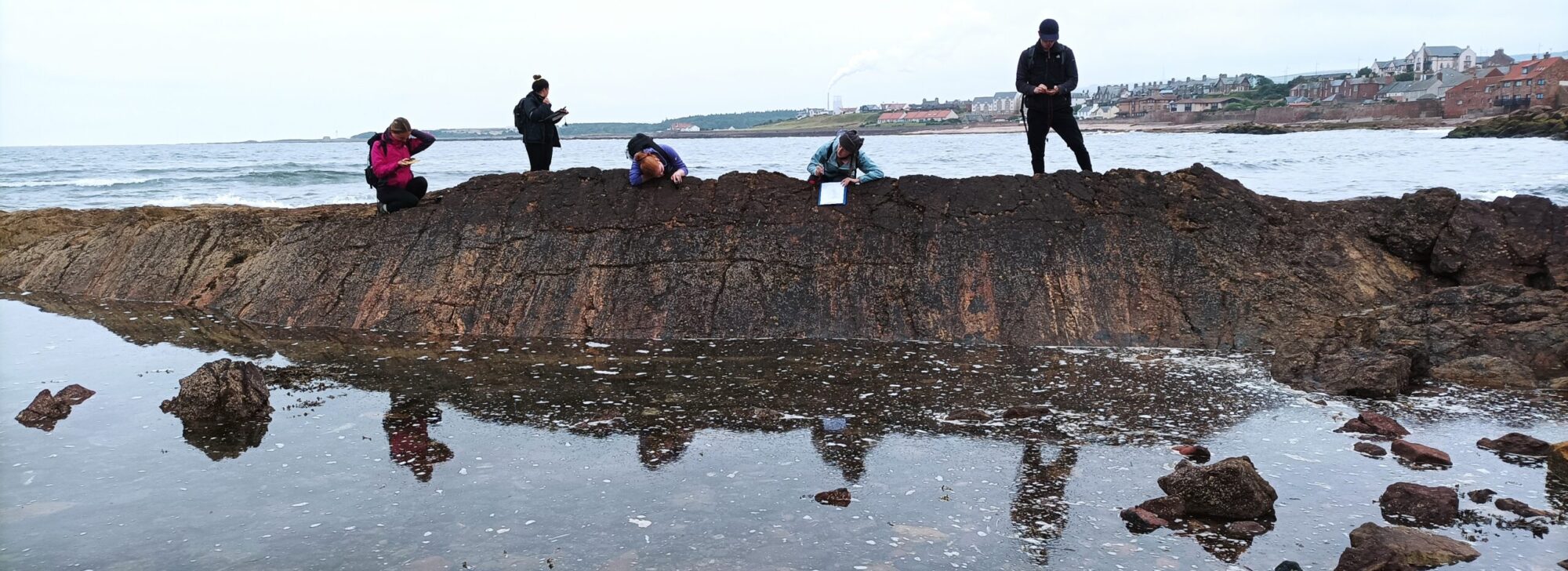We have just completed delivery of an intense three weeks of field training to our incoming 4th year students, and will be introducing them to their dissertation field areas in the coming days. Under normal circumstances, these students would have been in Inchnadamph (Scottish Highlands) in May last year, and in southern Spain in April this year, before embarking on their independent mapping dissertations over summer. Since the little virus prevented that, we were forced to rethink our teaching here. However, I think we've actually done a really good job. We replaced the first week of the Inchnadamph field trip with an online version, where students practiced the principles of decision making and documentation in geological mapping, and then followed up on this with an abbreviated, eight-day field trip in mid August, which I led. As part of that, students mapped the Ullapool Valley.

After a week's break we then embarked on what was last year still called the Spain replacement field trip, but what has become the Midland Valley field trip. Ten days of intense field techniques training at sites in E Lothian, Perthshire and Fife. We were really lucky with the weather, and managed to really advance students' skills (my impression). Whilst certainly tiring (and some longish drives), it brought students whose field training was severely affected by Covid pretty much up to the level of normal years, and put them in a good position to do decent jobs in their mapping dissertations. What all of the teaching staff found was that we are really blessed with great geology in the immediate vicinity of Edinburgh - a great playground for geologists!
For next year, we do hope to return to our normal teaching schedule, with Inchnadamph and Southern Spain forming the pillars of our field training programme, and dissertations being largely independently organised by the students. However, should we find the room in the curriculum for a few extra excursions, we don't have to venture far.



